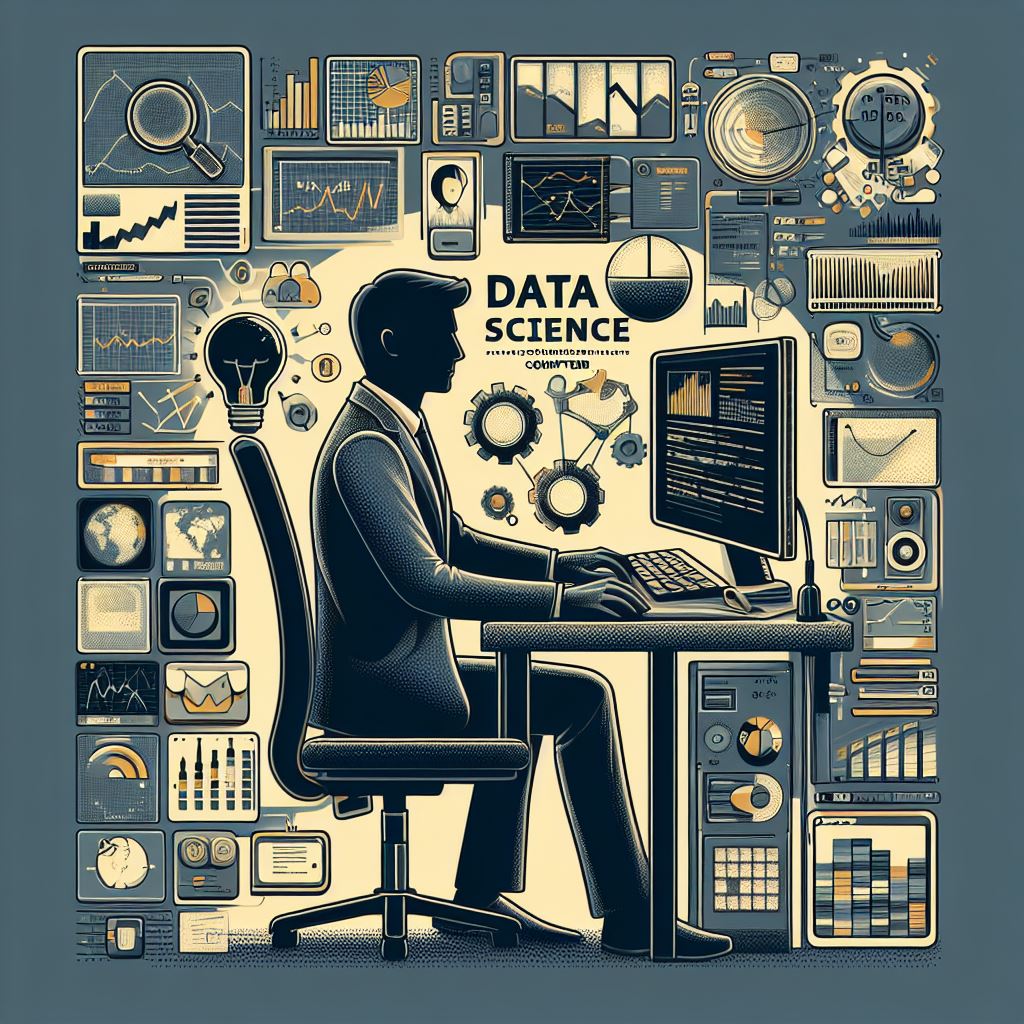Transfer learning is an advanced concept in machine learning that allows models to leverage knowledge gained from one task and apply it to another related task. This technique significantly reduces the amount of data and training time required for a model to achieve high performance. By using pre-trained models on large datasets, transfer learning helps solve complex problems with limited resources, making it one of the most powerful techniques in modern machine learning.
At its core, transfer learning is inspired by the way humans learn. For instance, if you already know how to ride a bicycle, learning how to ride a motorcycle becomes easier. Similarly, in machine learning, a model trained on one dataset can transfer its learned knowledge to a different but related problem. This ability to transfer knowledge makes transfer learning a key approach in various domains, including computer vision, natural language processing (NLP), and speech recognition.
How Transfer Learning Works
The process of transfer learning typically involves two key steps:
Pre-training: A model is trained on a large, general dataset. In the case of deep learning, this is usually done using large image or text datasets. For instance, convolutional neural networks (CNNs) are pre-trained on vast collections of images to understand low-level features such as edges and textures.
Fine-tuning: Once the model has been pre-trained, it is adapted to a specific task. This is done by retraining the model on a smaller dataset that is more specific to the task at hand. Fine-tuning involves updating the weights of the model to better suit the new task.
Benefits of Transfer Learning
Reduced Training Time: One of the primary benefits of transfer learning is that it significantly reduces the time needed to train a model. Since the model has already learned useful features from the pre-training phase, fine-tuning only requires a fraction of the data and computational resources.
Improved Performance with Limited Data: In many real-world applications, obtaining a large, labeled dataset can be difficult. Transfer learning allows models to achieve high performance even with limited data by utilizing the knowledge from pre-trained models.
Efficient Use of Computational Resources: Training large models from scratch requires substantial computational resources, often leading to long training times. With transfer learning, the need for extensive computation is minimized, making it a more cost-effective approach.
Versatility Across Domains: Transfer learning is not confined to any specific domain. It has been successfully applied in various fields such as image classification, speech recognition, and even medical diagnosis. This versatility makes it an attractive choice for tackling diverse machine learning problems.
Applications of Transfer Learning
Computer Vision: Transfer learning has been extensively used in computer vision tasks, such as image classification, object detection, and facial recognition. Pre-trained models like ResNet, Inception, and VGGNet are often used as a starting point for fine-tuning on specific datasets, allowing the model to recognize more complex patterns and objects with higher accuracy.
Natural Language Processing (NLP): In NLP, transfer learning is applied in tasks like sentiment analysis, language translation, and text summarization. Models such as BERT and GPT-3 have demonstrated the power of transfer learning by performing well on a variety of language-related tasks, even with limited task-specific data.
Healthcare: In medical imaging and diagnostics, transfer learning helps doctors and researchers use existing models trained on large datasets to make predictions on smaller, specialized medical datasets. This is particularly beneficial in fields like radiology, where labeled medical data can be scarce.
Challenges and Considerations
While transfer learning offers many advantages, it is not without its challenges. One major issue is selecting a pre-trained model that is suitable for the task. If the source task is too different from the target task, the knowledge transfer may not be as effective. Additionally, fine-tuning a model requires careful adjustment of hyperparameters, which can be a complex and time-consuming process.
Furthermore, the risk of overfitting exists when the fine-tuning dataset is too small or not diverse enough. In such cases, the model might perform well on the training data but fail to generalize to new, unseen examples.
Conclusion
Transfer learning is a powerful and versatile technique that has transformed the field of machine learning. By leveraging knowledge from pre-trained models, it allows practitioners to tackle complex problems with limited data and computational resources. Whether in computer vision, natural language processing, or healthcare, transfer learning continues to unlock new possibilities for innovation and efficiency in machine learning applications.
